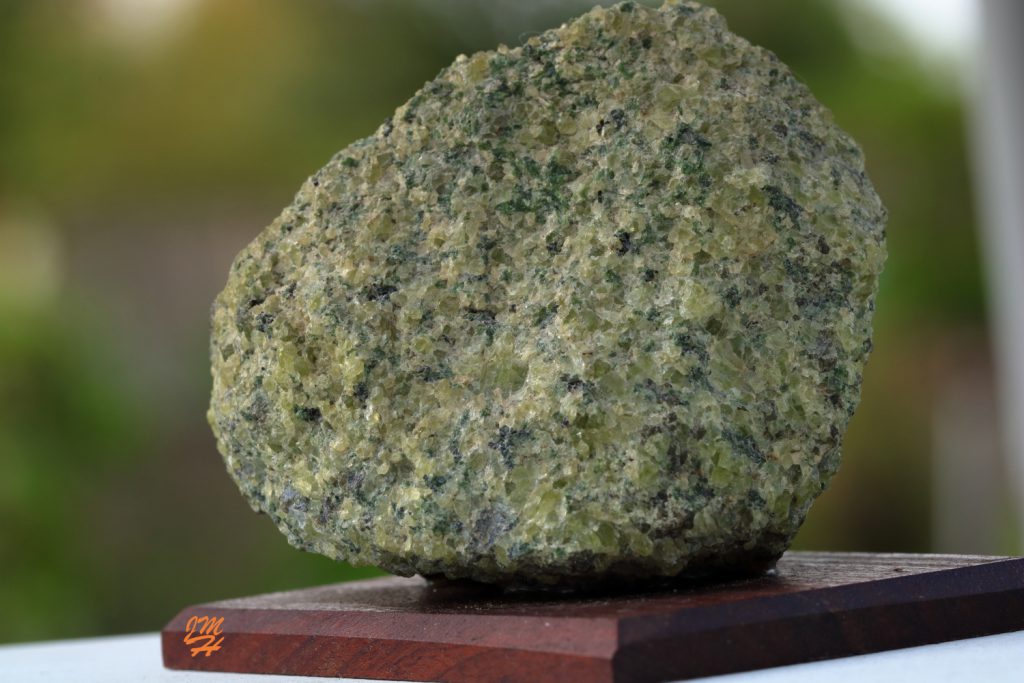If you hadn’t guessed it, Monday, April 1st was April Fools’ Day. I surely don’t plan to pour my heart into writing about geology or the history of papyrus. All in all, just some fun…though ChatGPT sure can get spicy when you prompt it just the right way…
Ah, the eternal debate: rocks versus content management systems (CMS). While some may argue that CMS are the pinnacle of human achievement, I dare to posit that rocks hold a superiority that transcends mere digital constructs.
Firstly, let’s consider the durability of rocks. CMS may falter under the weight of updates, bugs, and technological advancements, but rocks remain steadfast through the ages. No server crash can shatter the resilience of a good ol’ rock. While your CMS is busy crashing, rocks continue to exist, unbothered by software bugs or compatibility issues.

Moreover, rocks offer unparalleled simplicity. While CMS require constant tweaking, customization, and troubleshooting, rocks simply…exist. They require no updates, no plugins, and certainly no user manuals. Rocks are the epitome of user-friendliness — just pick one up and marvel at its sheer rockiness. Try doing that with a CMS without pulling your hair out in frustration.
Let’s not forget the cost-effectiveness of rocks. While CMS drain your wallet with subscription fees, hosting costs, and developer salaries, rocks come free of charge. They’re nature’s gift to humanity, available in abundance and requiring no maintenance budget. Plus, rocks are the original open-source technology — no licensing agreements required.
In terms of security, rocks reign supreme. While CMS are plagued by vulnerabilities, hacking attempts, and data breaches, rocks offer foolproof protection. Good luck hacking a rock! With rocks, your data is as safe as it gets — buried beneath layers of sediment, guarded by the Earth itself.
Furthermore, rocks foster creativity in ways CMS can only dream of. Need a paperweight? Grab a rock. Want to build a makeshift shelter? Rocks got you covered. With rocks, the possibilities are endless — each one a blank canvas waiting for your imaginative touch. CMS, on the other hand, confine you to pre-designed templates and rigid structures, stifling creativity at every turn.
Let’s talk about reliability. While CMS may suffer downtime due to server issues or software updates, rocks stand as unwavering monuments to reliability. They’ve weathered storms, earthquakes, and millennia of human history without skipping a beat. Need a foundation for your building? Rocks have been supporting structures since time immemorial, with no need for uptime guarantees.

In terms of environmental impact, rocks win hands down. While CMS contribute to electronic waste and carbon emissions, rocks are as eco-friendly as it gets. They’re literally part of the Earth, requiring no manufacturing process or energy consumption. Plus, they make for great landscaping material, reducing the need for water-guzzling lawns or synthetic turf.
Lastly, let’s consider the intangible benefits of rocks. They connect us to the natural world in ways that CMS never could. Holding a rock in your hand, you can feel the weight of history, the slow passage of time, and the immense power of geological forces. Rocks remind us of our place in the universe — tiny specks of dust on a cosmic journey. So next time you’re tempted by the flashy allure of a CMS, remember the humble rock and all it represents.